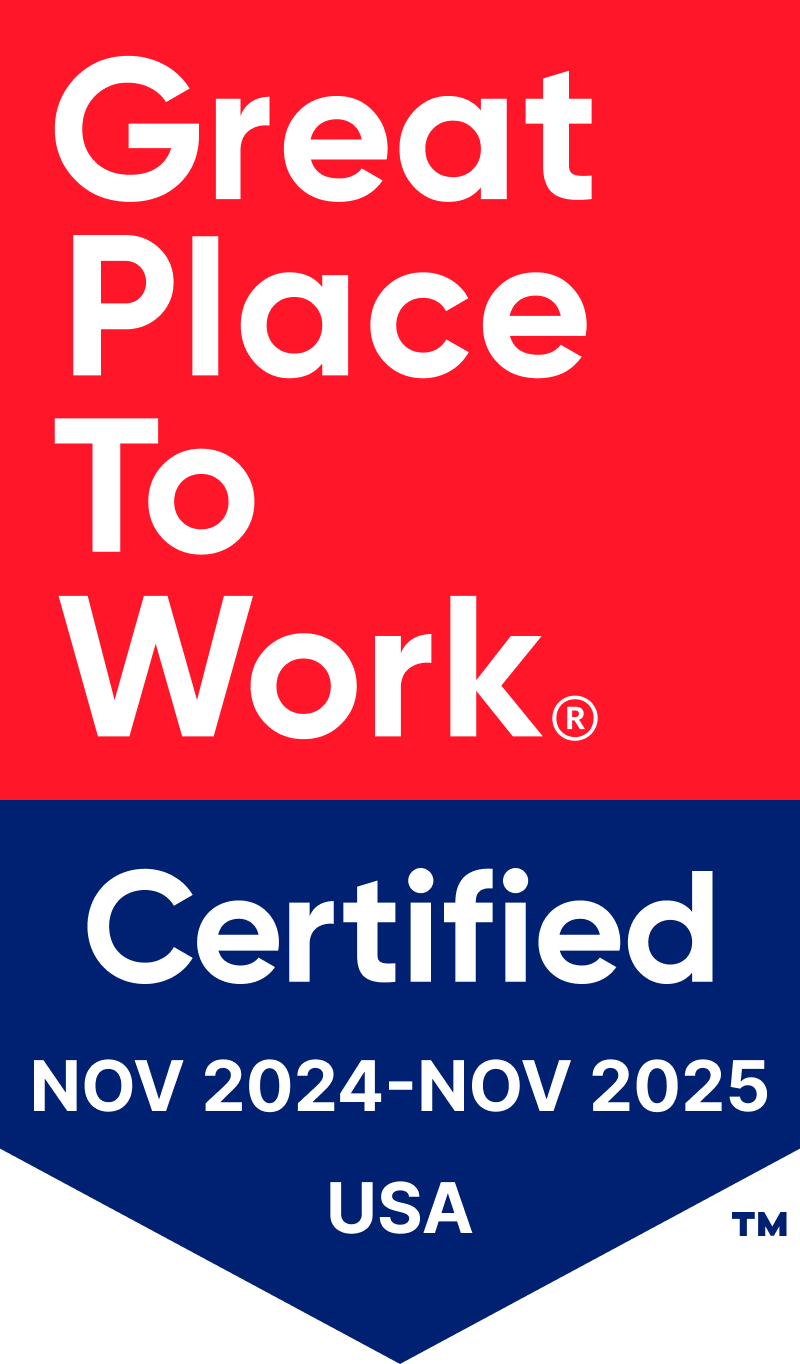Despite all the buzz and growth opportunities around pop-up shops, how do these events come together? And what players are needed to execute a flawless experience?
While temporary retail spaces, commonly known as pop-up shops, have a long history — think seasonal markets and fairs — the modern iteration has drastically evolved in recent years.
These spaces have become a crucial response to the challenges facing traditional retail, like declining foot traffic and shifting consumer preferences, particularly during the so-called “retail apocalypse,” according to the online marketplace Storefront.
In addition to addressing these challenges, pop-up shops also cater to a growing consumer demand for unique shopping experiences. In fact, a survey by Statista reveals that more than half of respondents (55 percent) are drawn to pop-ups for their distinct products. Curiosity (49 percent) and a desire to support local and independent businesses (47 percent) further motivate consumers to explore these spaces.
Recognizing this trend, brands are now leveraging pop-up shops to create memorable experiences that resonate with consumers. According to Ward Kampf, president of Northwood Retail, a CRE firm that owns and operates open-air mixed-use shopping centers across the country, this approach ultimately drives brand loyalty and encourages repeat visits.
“Permanent retail is expensive, and pop-ups allow brands and landlords to court one another, ensuring a fit within the real estate and the greater market before committing long-term,” Kampf told WWD. “They also offer immense brand exposure and often occupy 50-yard-line locations within shopping centers. This allows brands to reach new customers, build affinity, grow sales and awareness and breakthrough in new markets. Beyond that, the ephemeral nature of a pop-up can drive increased demand and excitement.”
Pop-Ups Power
Despite all the buzz and growth opportunities around pop-up shops, how do these events come together? And what players are needed to execute a flawless experience?
According to R.J. Hottovy, head of analytical research at Placer.ai., the key players behind any successful pop-up shop are the brand itself and its commercial real estate partners — those who own or operate the space. Hottovy emphasizes that, in terms of location, the brand must offer an innovative product or service to effectively expand its reach.
“The commercial real estate partner needs assurances that the pop-up shop will boost visits to its property and not compete too directly with existing tenants,” he added.
For Year of Ours, a Los Angeles-based brand, the collaboration with its production company Son of Noise was vital to its pop-up success.
From Sept. 19 to 22, the female-led brand hosted its first pop-up shop in NoLIta, a vibrant neighborhood in New York City, attracting more than 500 consumers who shopped its top styles, new colorways and exclusive game day-inspired merchandise. The strategic location played a significant role in drawing customers, especially following New York Fashion Week, making the pop-up an “excellent opportunity” for the brand to test the retail waters, according to Eleanor Haycock, founder and chief executive officer of Year of Ours.
“Choosing the right location can be tricky. You want a space that you can transform entirely so the atmosphere truly embodies the brand and product, and doesn’t feel like a pop-up but rather a true brick-and-mortar,” Haycock told WWD. “We actually had some consumers come in and congratulate us on the new store. They were surprised when we told them it was just a pop-up, and asked why we wouldn’t make it permanent.”
Emerging brand Luxenburg, founded by 23-year-old New York City-based designer Braedy Luxenburg, is also getting in on the pop-up shop action. On Thursday, the brand will host its first pop-up shop in the Lower East Side, showcasing items from its fall 2024 collection, along with a few pieces from its spring 2025 collection.
“Pop-up shops are the perfect model and supplement to wholesale and DTC channels. We want to stay lean and light-footed while still having this in-person and offline connection,” Luxenburg said. “Also, the fixed costs of a brick-and-mortar can really tie you down, so that’s not really [in the cards] for us right now.”
Celebrity-owned brands like Tsu Lange Yor, a home decor and fragrance line, are also embracing the power of pop-up shops.
Co-owned by Australian heartthrob Troye Sivan — who is currently on tour with “Brat” pop star Charli XCX — and his brother Steele Mellet, the brand hosted its inaugural series of pop-up shops earlier this year in Sydney and New York City, attracting massive crowds with fans lining up around the block to experience Tsu Lange Yor’s unique offerings like its “Pool,” “Luca” and TLY” fragrance and candle, along with a few home items. This strategic approach not only boosted brand visibility but also created a sense of urgency, leading other fans to eagerly seek out the opportunity to shop and experience the products.
“I really wanted to, from the ground up, build this [brand]. And it’s been such a pleasure to work with my brother on it, and we’re having a really good time,” Sivan, who is also the creative director behind Tsu Lange Yor, told WWD last year. “We’ve learned so much and have been really kind of floored by the response to it. It’s just a very, very fun project for me.”
Although pop-up shops are becoming more prevalent, Kelly Pedersen, retail leader at PwC, noted that they won’t completely replace traditional brick-and-mortar retail locations anytime soon.
“While pop-up shops have increased in the last few years and will continue to be a valuable tool for brands to test concepts and engage with consumers in specific areas, we don’t believe they will become the future of retail,” Pedersen said. “Instead, they will become a part of the retail landscape, complementing traditional brick-and-mortar stores rather than replacing them.”

